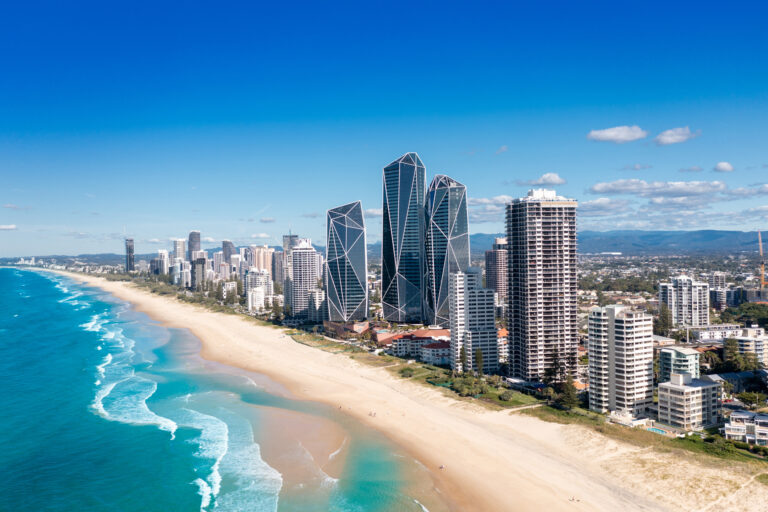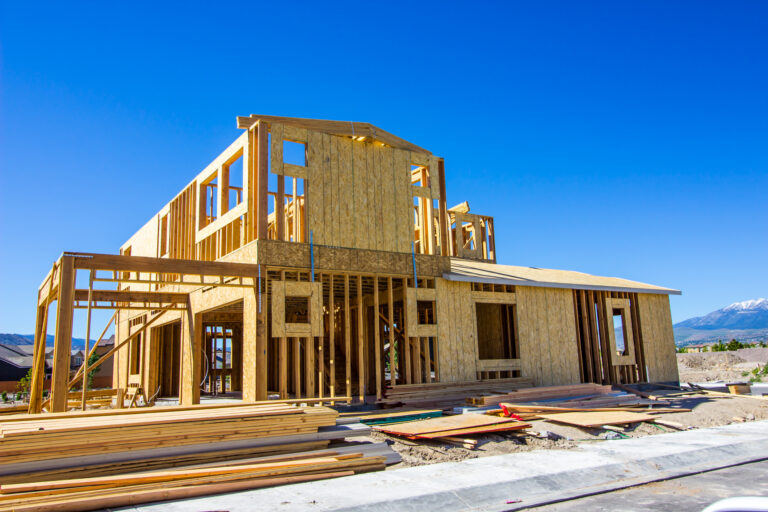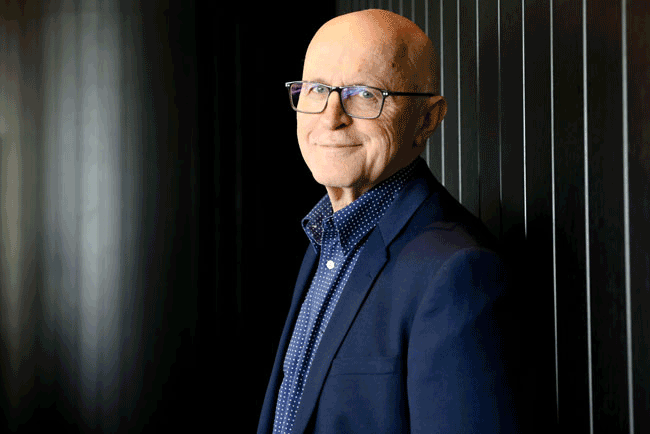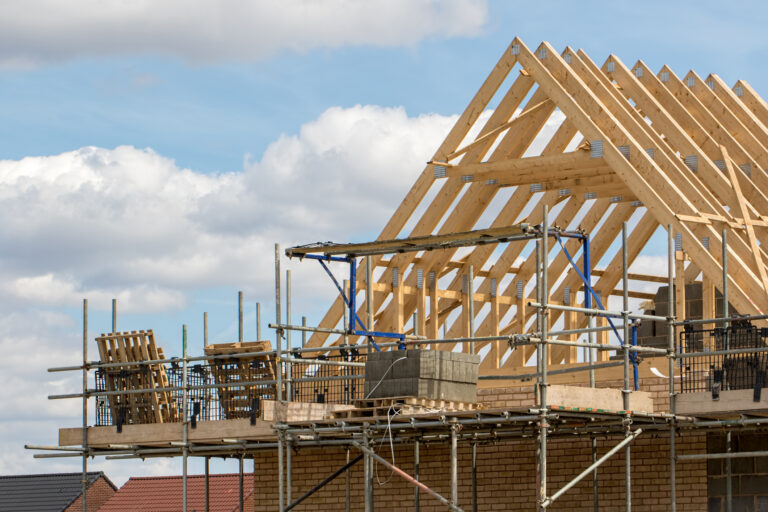This Week in Real Estate – 15th September 2022
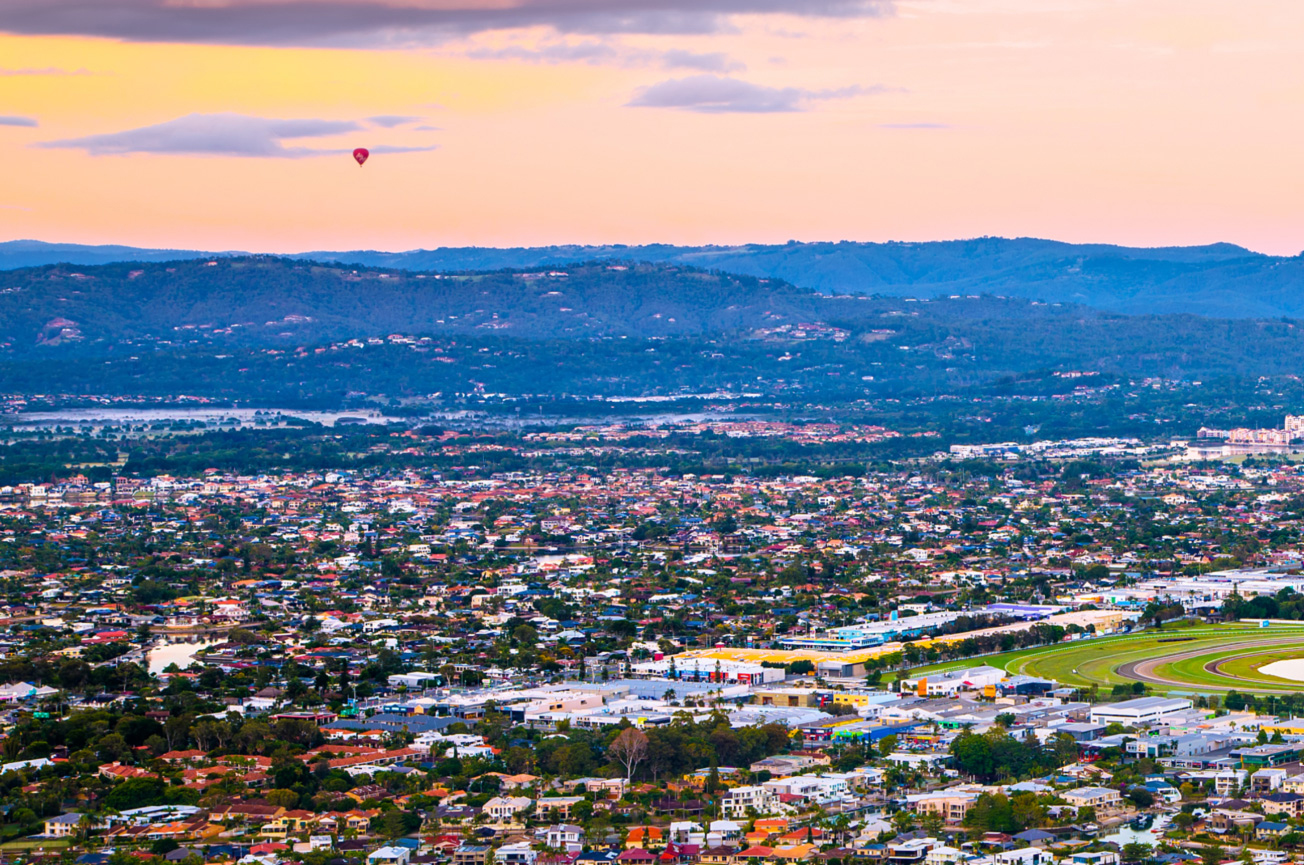
Qld Govt Calls Housing Summit
The Queensland Government has announced a summit, chaired by Premier Annastacia Palaszczuk, to discuss the current housing crisis.
A preliminary roundtable discussion will be held this week ahead of the summit in October with the plan to focus on unlocking land supply, fast-tracking social housing and bringing together all levels of government.
“Nothing is more important than having a roof over your head, it’s a basic need, and the stories of people without secure housing are heartbreaking,” Palaszczuk says.
She says all levels of Government have a role to play in solving the problem, as many of the causes of the increased housing costs are national.
In addition to members of Government, the Local Government Association of Queensland, Q Shelter, the Queensland Council of Social Service (QCOSS), the Property Council of Australia and Master Builders will be invited to take part in the summit.
Charities this week revealed they are handing out tents to families to use as emergency accommodation.
Gold Coast Shortage Will Push Up Prices
Gold Coast property prices are tipped to remain high, as the number of new properties being built falls and migration increases.
Australian Bureau of Statistics figures show approvals in Queensland fell by 13% between June and July.
The Gold Coast City Council is now investigating new areas for development including Highland Park and Gaven North.
Urban Development Institute of Australia Queensland CEO Kirsty Chessher-Brown says there is no silver bullet to solve the supply issue.
She says dropping dwelling approvals and a lack of new developments coupled with increasing migration will push up Gold Coast property prices even further.
“We are experiencing a moderation (of development approvals) but the Gold Coast is already experiencing a severe housing affordability crisis which shows no signs of abating,” she says.
“We are not seeing any let-up in the levels of demand, which remains strong, and this will have a significant impact on the amount of stock being produced and brought to market.”
Mortgage Refinancing Activity Surges
Home-owners in the outer suburbs of capital cities are behind a new wave of mortgage refinancing.
With interest rates rising many owners are seeking better home loan deals, with settlement data from PEXA showing that Tarneit, in Melbourne’s west, chalked up the highest number of mortgages refinanced since the start of the year.
Werribee, Craigieburn and Cranbourne East all in suburban Melbourne were next on the list. In NSW, refinancing activity is highest in Kellyville in Sydney’s north-west fringe, followed by Box Hill. In WA, refinancing was highest in Piara Waters in the south of Perth.
Head of research at PEXA Mike Gall says the group only records data on when owners switch banks. He says the busiest areas for refinancing this year have been suburban areas with high levels of development.
“These areas are likely more exposed to rising interest rates, with borrowers in these postcodes motivated to look for a better deal on their home loan,” Gall says.
Migration Spike To Impact Property
Residential property markets will feel the flow-on effects of a Government decision to increase the permanent migration intake to 195,000 people per year.
The increase from 160,000 people a year before the pandemic is expected to put increased pressure on the already-strained housing market.
Rents are tipped to increase and some analysts believe there will be another surge of property price growth on the back of increased demand.
According to the Anglicare Rental Affordability Snapshot, the situation is already dire for renters.
It says only five of the 45,000 properties recently available for rent were affordable for a single person on Jobseeker.
Less than 1% of rentals are vacant nationwide, the lowest on record.
Everybody’s Home spokesperson Kate Colvin says while migration may be needed to fill jobs it will increase the number of people struggling to find a rental home. “Government needs a plan to rapidly deliver the affordable rentals needed to house any uplift in population,” she says.
Units Provide A Third Of New Homes
Rising property prices mean that many buyers have given up on the traditional dream of a house and yard and are buying apartments instead.
Newly-published data from the 2021 Census show that, of Australia’s 11 million dwellings, 16% or 1.7 million are now apartments while 13% are semi-detached or townhouses.
It shows almost one million new apartments have been built since the previous Census in 2016 and that more than 2.5 million Australians now live in apartments.
While affordability and a desire for a low-maintenance lifestyle plays some part in the increased demand, an undersupply of houses is also behind the trend toward apartment living.
That increase in demand should lead to even more apartment development throughout Australia although developers are warning rising construction costs will result in higher prices.
Construction costs throughout Australia have increased by about 20% since the start of the pandemic and developers are also battling against rising fuel prices and staff shortages to deliver projects.

